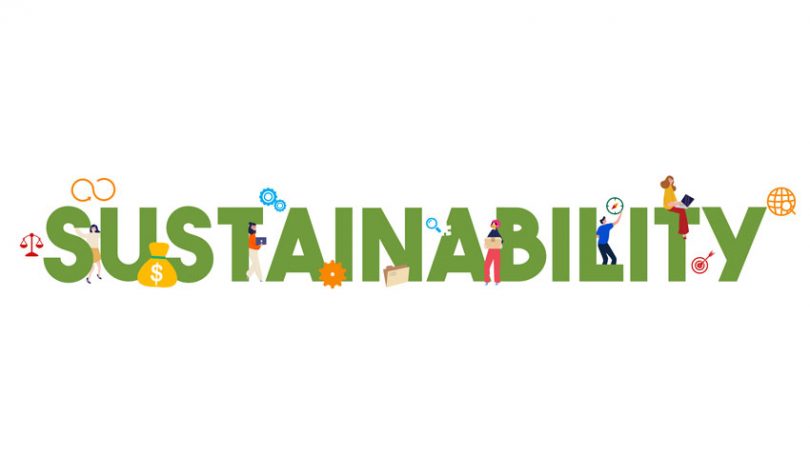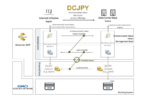The Sustainable Digital Finance Alliance (SDFA) along with the HSBC Center of Sustainable Finance has released a whitepaper on blockchain for green bonds. As of 2018, green and sustainable Bond issuances were at $167.3 billion, which is just 2% of the total bond market.
The report highlights the use of distributed ledger technology (DLT) to expand the green bond market by increasing the overall efficiency by ten times.
The DLT green bond market is tiny at the moment, with only a few trials conducted in the past. Earlier this year, BBVA Group announced it used blockchain to negotiate the terms of a structured green bond for Spanish insurer MAPFRE. BBVA has also arranged a €220 million ($240 million) sustainable “Schuldschein” loan for the Madrid Government using blockchain.
Although not mentioned in the report, two months ago German engineering firm Dürr used blockchain to raise a €750 million ($840 million) syndicated loan where the interest rate is linked to sustainability goals. While it’s not a green bond, it is notable because of the large number of banks involved. The loan was coordinated by BNP Paribas, Commerzbank, Deutsche Bank and UniCredit. Other participating banks were Bank of China, DZ Bank, HSBC, ING, JPMorgan, KfW/IPEX, LBBW, Mizuho and Santander.
Blockchain for green bonds has three distinct applications — issuance, post-trade including payment and the use of proceeds.
The conventional method of issuing bonds is cumbersome and requires a broker and listing agent. This increases the associated cost and is not scalable to small or medium-sized enterprises who wish to issue bonds.
By using blockchain, there’s potential to disintermediate some of the players. The report states that blockchain bonds for $10 or $1 million would have the same issuance costs. This will open up the green bond market to a broader base of investors.
Some sustainable bonds are considered more complex and hence more likely to be distributed and traded over the counter. Smart contracts could automate a complex bidding process opening up the distribution to a broader audience than today’s over the counter market.
The second aspect is the post-trade elements, including change in ownership, the actual payment and settlement. Because blockchain acts as a shared record, the change of ownership is easily recorded, and there’s no need for reconciliation between parties.
Using bank issued stable coins (or wholesale banking digital currency) smart contracts can immediately process payments and even payouts after a bond matures.
From an environmental perspective, the use of proceeds is an essential aspect of green bonds. Firstly, the paper talks about integrating internet of things (IoT) devices and artificial intelligence into blockchain to enhance transparency about how the money is used. Secondly, if stablecoins are used to pay the bond issuer, the use of the proceeds could be traced. And finally, the tokenized bond lives on a blockchain so the investors can follow it through its entire lifecycle.
The paper focused in particular on Green bonds which are a subset of sustainability bonds. Green bond proceeds are invested in corresponding assets such as a wind farm or a solar plant. Based on the regulations around blockchain and security tokens, the report observed that Luxembourg, Germany, Switzerland, Singapore, Seychelles, Mauritius and the Philippines are best placed to issue DLT green bonds.
The report concluded that apart from efficiency, blockchain will also open up new avenues in the green bond market. Two notable innovations are fractionalizing the investments in bonds and aggregation of smaller assets into bonds. In other words, asset-backed securities where the assets might be forests (as opposed to mortgages).
Based on the research, the whitepaper gives five recommendations to accelerate the green bond market:
- Issue green bonds on DLT – This calls upon financial institutions to pilot blockchain projects for green bonds. It also talks about issuing a stablecoin for payment and settlement of bonds and a node for the regulatory body to monitor the process.
- Offer green bonds as security tokens – Blockchain enables the tokenization of assets. This allows the sale of a fraction of the bond which will attract a larger investor base.
- Shift from manual reporting to Data Token – Conventionally, the issuer posts an update on the performance of the bond every once a while. DLT enables real-time data monitoring.
- Bonds as a Service – The report talks about ‘Do it Yourself’ bond platforms which could open up the market to smaller companies issuing bonds.
- Establish regulatory clarity and consensus on crypto-assets – For the recommendations to materialize, there needs to be a legal framework to support DLT green bonds.







